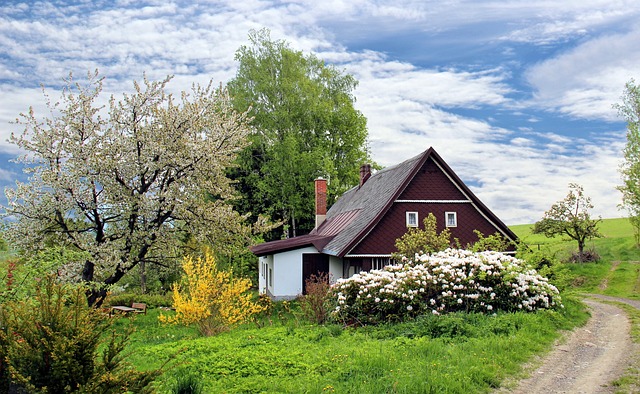Communities With Prominent Green Spaces

The Benefits of Green Spaces in Urban Life
Green spaces in urban areas are vital for enhancing the quality of life. These areas provide a natural environment that promotes physical activity, psychological well-being, and social interactions. Studies have shown that access to parks and green areas reduces stress, improves mood, and increases happiness. Adding more green spaces in cities could lead to even greater benefits for residents. Additionally, green spaces help mitigate urban heat, reduce pollution, and support biodiversity. The preservation of such spaces is crucial for ensuring long-term ecological balance. By creating habitats for flora and fauna, cities contribute to environmental health. Moreover, these areas encourage sustainable urban development by integrating nature into urban planning. In essence, green spaces are essential for fostering a balanced urban lifestyle and enhancing public health.
Exploring Iconic Parks Around the World
Around the globe, numerous parks stand out for their rich history and captivating landscapes. New York’s Central Park is an iconic green haven amidst the urban jungle, offering vast lawns, serene lakes, and diverse flora. An early morning walk through its winding paths offers a peaceful start to the day. London’s Hyde Park is another historic gem known for its scenic beauty and cultural events. In Asia, Tokyo’s Shinjuku Gyoen blends traditional Japanese gardens with Western-style landscapes. Meanwhile, Australia boasts the Royal Botanic Gardens in Sydney, featuring a diverse range of plant species. Each of these iconic parks presents unique opportunities for recreation, education, and relaxation, showcasing how nature’s beauty can be harmoniously integrated within bustling global capitals.
Suburban Communities Leading in Green Initiatives
Suburban communities are increasingly at the forefront of green initiatives, transforming landscapes with innovative solutions. These communities focus on sustainable practices from extensive tree planting campaigns to constructing green roofs on residential buildings. By prioritizing walking paths, bicycle trails, and eco-friendly public transport options, they reduce carbon footprints and promote healthier lifestyles. With these efforts, they demonstrate that sustainable living is achievable at every level of society. Many also engage in community-led efforts such as urban gardening and conservation projects to foster local biodiversity. These initiatives not only enhance the environmental quality but also strengthen the sense of community by bringing people together around a common purpose. Suburban areas thus serve as exemplary models for sustainable living.
Innovative Urban Design for More Green Areas
Urban design plays a crucial role in integrating green areas into city landscapes. Innovative approaches are emerging, focusing on vertical gardens, rooftop parks, and green corridors. These designs not only transform concrete jungles into breathable, aesthetically pleasing environments but also offer ecological benefits. One key aspect of urban design is to ensure accessibility to these green spaces for all residents. Vertical gardens, for instance, provide insulation for buildings, reducing energy consumption. Additionally, they can improve air quality by filtering pollutants and absorbing carbon dioxide. Rooftop parks utilize otherwise unused spaces, creating recreational areas with panoramic views. Green corridors connect isolated patches of nature, offering sanctuaries for wildlife and enhancing biodiversity. Through these creative solutions, cities can tackle environmental challenges while improving residents’ quality of life.
Community Involvement in Park Development
Community involvement is pivotal in the successful development and maintenance of parks. Engaging residents in the planning process ensures that parks meet local needs and preferences. Volunteer programs for park cleanups and tree planting foster a sense of ownership and responsibility among community members. These volunteer efforts also provide educational opportunities about environmental stewardship. Increased participation in such activities has been shown to improve local biodiversity and ecosystem health. Collaboration between local governments, non-profits, and residents results in well-maintained, vibrant green spaces. By participating in decision-making and maintenance activities, communities strengthen social bonds and empower individuals. This grassroots approach not only enhances park sustainability but also ensures these areas are valued and cherished communal assets. Community-driven park initiatives build sustainable urban environments.